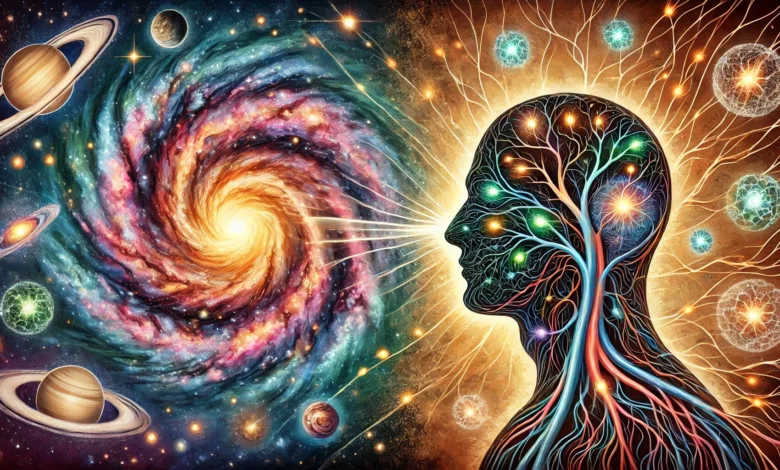Galaxies VS Human Being

Galaxies and Their Fascinating Connection to Human Beings
Galaxies VS Human being is a vast expanse, home to countless Galaxies VS Human being, each an immense collection of stars, gas, dust, and dark matter bound together by gravity. These celestial marvels are the building blocks of the cosmos, just as cells are the building blocks of human life. Interestingly, a philosophical lens reveals intriguing parallels betweenGalaxies VS Human being, connecting the macrocosm to the microcosm in profound ways.
The Structure of Galaxies and Humans
Galaxies come in various shapes and sizes: spiral, elliptical, irregular, and lenticular. The Milky Way, our home galaxy, is a spiral galaxy containing over 100 billion stars, including our Sun. Similarly, humans are complex beings made up of trillions of cells organized into systems such as the nervous, circulatory, and skeletal systems.
Just as stars are the individual units that light up a galaxy, cells are the basic units of life that sustain the human body. Both Galaxies VS Human being thrive on intricate structures where individual components work together in harmony to form a cohesive whole.
Energy and Connectivity
At the heart of many Galaxies VS Human being lies a supermassive black hole, which influences the dynamics of the entire galaxy. In humans, the brain serves a similar role, functioning as the central command center that governs bodily operations. The connectivity within galaxies—through gravitational forces, star clusters, and galactic collisions—is mirrored in human beings by our neural connections, circulatory pathways, and social interactions.
Furthermore, both humans and galaxies are powered by energy. In Galaxies VS Human being, energy stems from nuclear fusion within stars, while humans derive energy from biochemical reactions within their cells. This flow of energy sustains life in both realms.
Birth, Growth, and Death

Galaxies VS Human being, like humans, have life cycles. They are born from massive clouds of gas and dust, grow by forming stars and absorbing smaller galaxies, and eventually age and “die” as their star formation dwindles. Similarly, humans are born, mature through growth and development, and eventually face the natural cycle of aging and death.
Supernovae, the explosive deaths of stars, distribute heavy elements like carbon, oxygen, and iron into space—elements essential for life. This cosmic recycling process ties galaxies and humans together, as the very atoms in our bodies were forged in the cores of ancient stars.
Self-Reflection and Mystery
Humans possess the unique ability to reflect on their existence, seeking to understand their place in the cosmos. Galaxies VS Human being, in turn, offer a mirror to this introspection. Observing the vastness of space reminds us of both our insignificance and our profound connection to the universe.
Interestingly, the human brain contains as many neurons as there are stars in the Milky Way—around 100 billion. This uncanny similarity invites contemplation of whether the universe is, in some way, conscious or interconnected in ways we cannot yet comprehend.
Conclusion: A Shared Story
The story of galaxies and humans is one of unity. Both are part of the grand cosmic dance, governed by the same fundamental laws of physics and chemistry. By studying Galaxies VS Human being, we learn about the origins of life, the evolution of the universe, and the profound connections between the very small and the unimaginably vast.
In the end, the universe lives within us just as much as we live within the universe. Every atom in our body is a remnant of the stars, and every action we take is a reminder that we are, quite literally, made of stardust. This shared heritage ties us to galaxies, emphasizing that the beauty of the cosmos is also the beauty of being h
As of 2024, astronomers estimate that the observable universe contains about 200 billion to 2 trillion galaxies, based on advancements in telescopes like the Hubble Space Telescope and the James Webb Space Telescope (JWST). Earlier studies estimated around 200 billion galaxies, but deeper observations suggest this number could be up to ten times higher due to the discovery of faint and distant galaxies that were previously undetectable. This means the true number may be closer to 2 trillion galaxies in the observable universe.
You May also Read
Does Afganistan Have Nuclear Bombs

